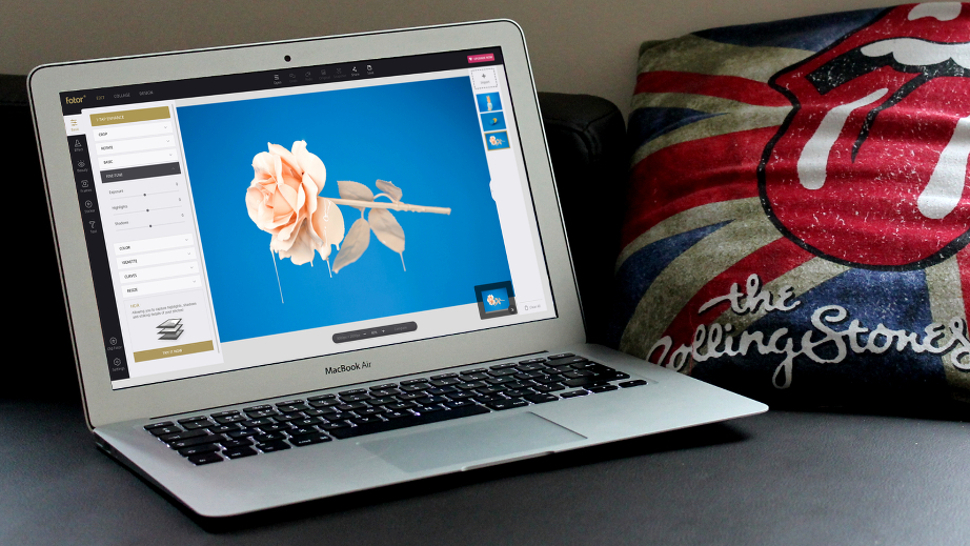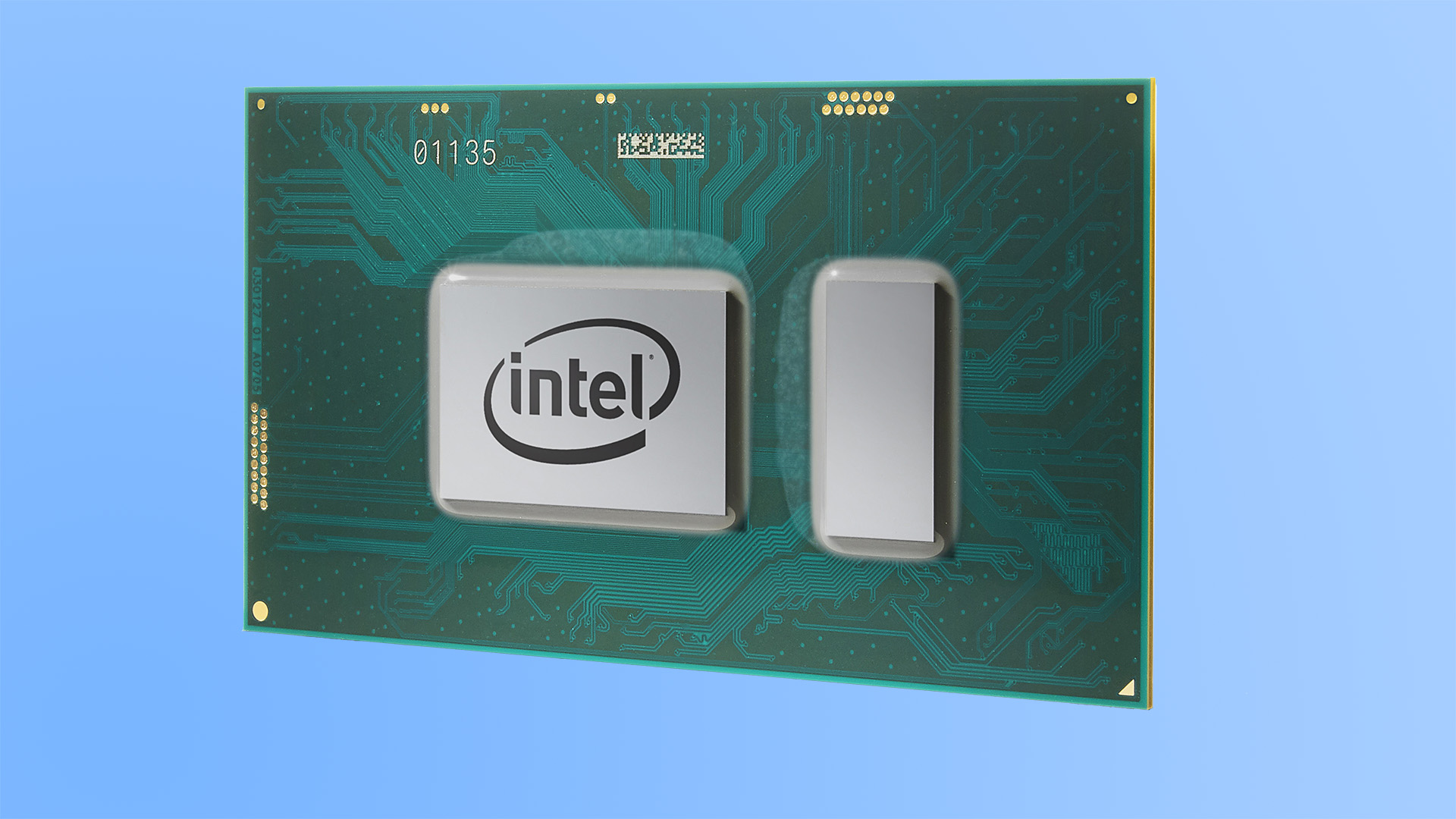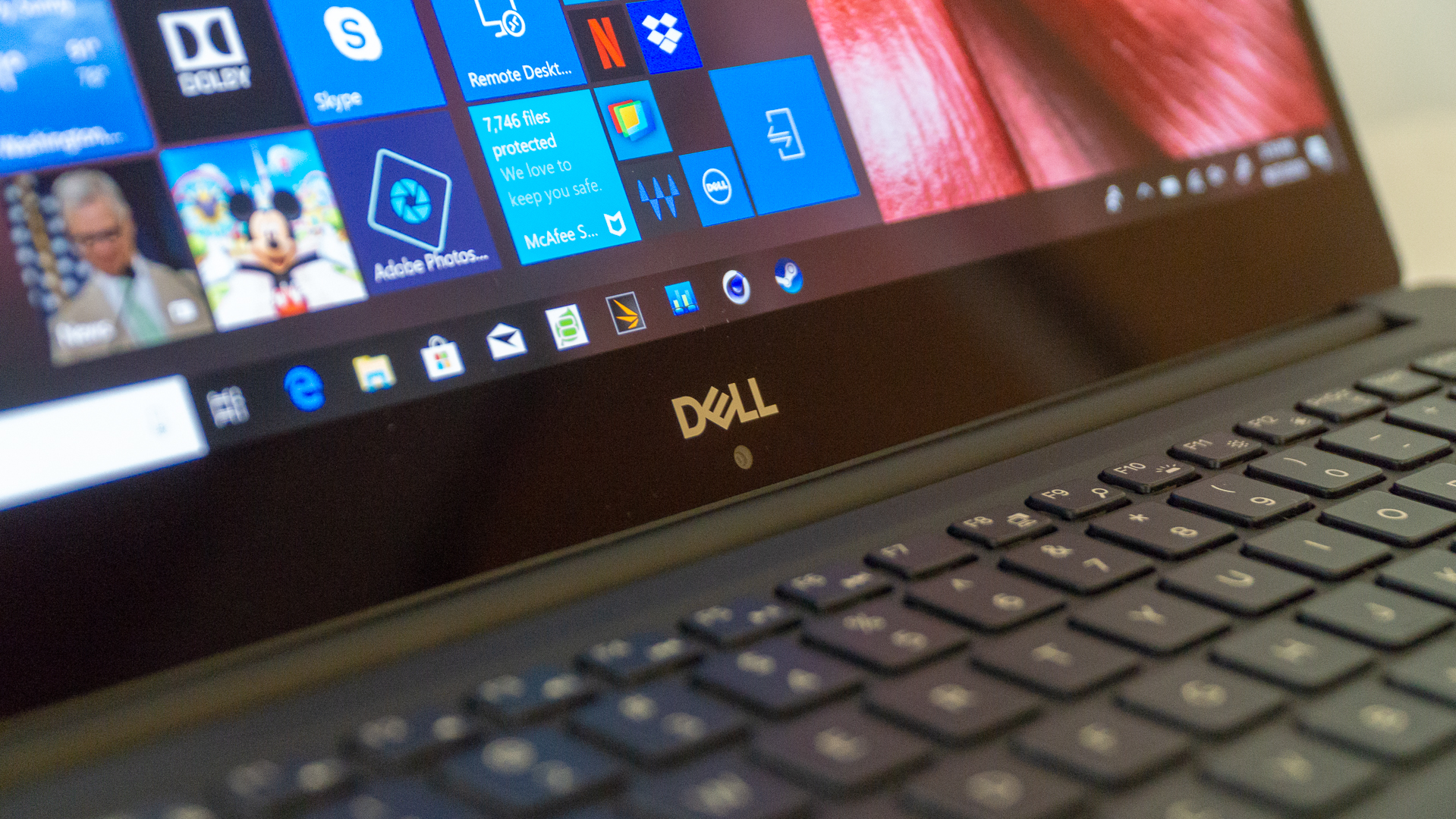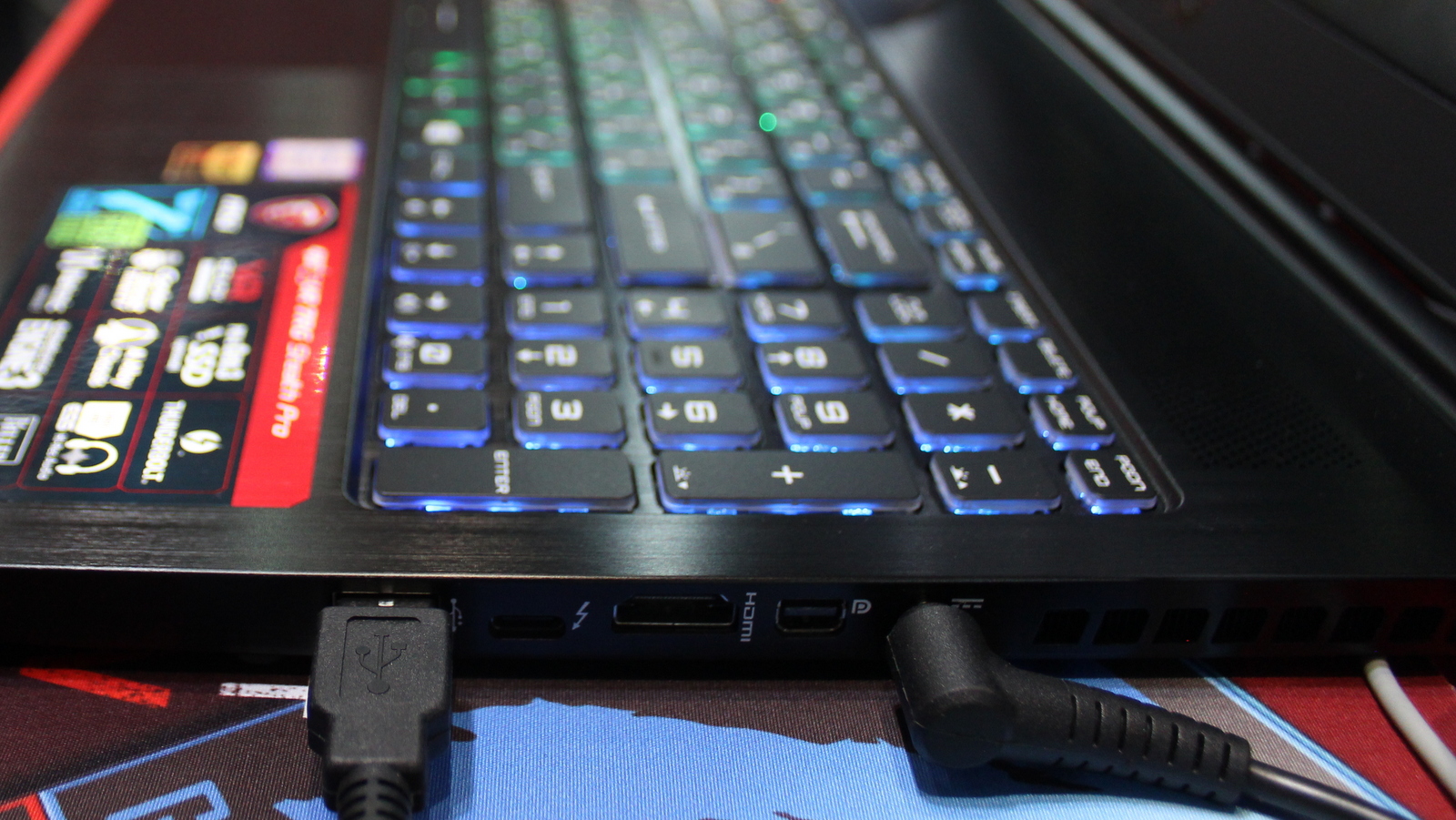How to buy a laptop for editing your photos
All the key factors keen snappers should consider

Many people purchase a laptop simply to use as a convenient way to carry out general computing tasks such as browsing the web, sending emails, and maybe running the odd lightweight app. But other folks have a more specific purpose in mind, and in this article we’re going to examine one of these niches: namely how keen photographers can pick the right notebook for editing their snaps in the likes of Photoshop.
If you want a portable laptop capable of enabling you to produce good results when photo editing, then there’s one very obvious starting point in your search: the laptop’s screen. It doesn’t take a genius to work out that the display will be paramount when it comes to, erm, displaying your pictures as cleanly and true-to-life as is possible, to make manipulating those images an easier and more accurate process.

Screen machine
You need a good screen, then, and broadly speaking you want to steer clear of a TN panel and ideally get an IPS display which will offer better and more accurate colors (although note that panel quality still varies widely even with IPS). IPS also affords much better viewing angles, which means colors (and brightness levels) won’t fade if you’re not sat dead-on in front of the screen. VA panels are also viable, and can offer great contrast and vibrant images for sure, but if it’s accuracy you want, the safest territory is IPS.
Decent brightness, overall vibrancy and a good level of contrast are big plus points, as is color accuracy and gamut coverage (sRGB and Adobe RGB). You can check out the laptop’s specifications (as provided by the manufacturer) to discover these details, but it’s also hugely helpful to read reviews to get a real sense of how a screen performs – naturally we have plenty of notebook reviews on tap at TechRadar.
Furthermore, we’ve highlighted some of the best laptops for photographers, and that roundup includes multiple MacBooks; we’ve found that Apple’s default color calibration is impressively accurate.
As well as good colors, you also need a crisp resolution, and it’s likely worth getting yourself a 4K screen in order to pick out all the fine details in your photos – or at least a higher resolution than Full HD (incidentally, check here for a full discussion of the value of 4K on laptops). In terms of size, you certainly don’t want to go smaller than a 13.3-inch screen, and some folks will doubtless prefer the greater screen real-estate of a 15-inch or even 17-inch laptop, though the latter could compromise portability (more on that later).
To cap things off, an anti-glare finish is a definite boon, so that if you do happen to be working in a well-lit environment, any pesky reflections on the screen are minimized.
Get daily insight, inspiration and deals in your inbox
Sign up for breaking news, reviews, opinion, top tech deals, and more.

Notebook engine
As well as a tip-top display, you also need a laptop with enough grunt to handle editing large high-resolution pictures in heavyweight image editing apps (like Photoshop), and possibly demanding bouts of batch editing to apply adjustments on many images at once.
So you’ll need a fast processor (CPU): an Intel Core i5 or i7 (or AMD equivalent), and all the better if it’s quad-core. Definitely don’t skimp on the CPU, and make sure you have at least 8GB of system RAM, and in an ideal world, go for 16GB (you’ll never regret that extra headroom).
A discrete GPU – i.e. not integrated into the processor – will also very much help the cause, although it isn’t essential. Some of our top-rated photo editing notebooks still use integrated graphics.
Finally, you want to support those core components with an SSD, because serious image processing – or indeed even simply loading a host of big photo files – will take so much longer with a traditional spinning hard disk. If you need storage space for all your various media files, then spend the money to get a notebook which runs with both a larger hard disk and an SSD – having that solid-state drive will be well worth any additional outlay in terms of boosted performance.

Portability or power?
As ever with laptops, there’s a compromise to be struck here. Are you intending to take your notebook out and about with you to use in the field with any regularity? Then you may want to look for a slimmer and lighter laptop, like the more compact MacBooks or Dell XPS 15, which are well-favored for photographers (and indeed other users) here at TechRadar.
Otherwise, you might want to plump for something with real power like a workstation; for example, HP’s ZBook range. But bear in mind that if you do have to cart this sort of machine about, it better be only occasionally, as these power-packed notebooks are invariably heavy and rather unwieldy. Not to mention that the battery life will likely be close to vanishingly thin on the ground.
However, if you’re engaged in truly heavyweight photo editing tasks – and you’ll be mostly home or office-based when using the machine – then you will really benefit from the performance offered by a workstation or similar high-powered laptop. The other boon in the case of portability being pushed down the priority list is that you can possibly get that 17-inch screen, which will give your eyes some real breathing space when peering at the detail in those snaps.

Connectivity corner
As a final consideration, don’t neglect connectivity. It’s true that generally speaking, the more ports you have, the merrier, but photographers will really appreciate having an SD card slot available, for example, or being able to benefit from fast data transfers via a Thunderbolt port when it comes to large (and possibly plentiful) image files.
Connectors like a DisplayPort or HDMI – or indeed the aforementioned Thunderbolt port – can also let you hook up a large-screen monitor to your notebook, giving you some serious screen real-estate when you’re working at a desk with your portable.
Take all these key factors into consideration – from the display to the core components, while balancing other concerns such as portability and connectivity – and you should be able to secure the perfect laptop for your photo editing needs.
Darren is a freelancer writing news and features for TechRadar (and occasionally T3) across a broad range of computing topics including CPUs, GPUs, various other hardware, VPNs, antivirus and more. He has written about tech for the best part of three decades, and writes books in his spare time (his debut novel - 'I Know What You Did Last Supper' - was published by Hachette UK in 2013).